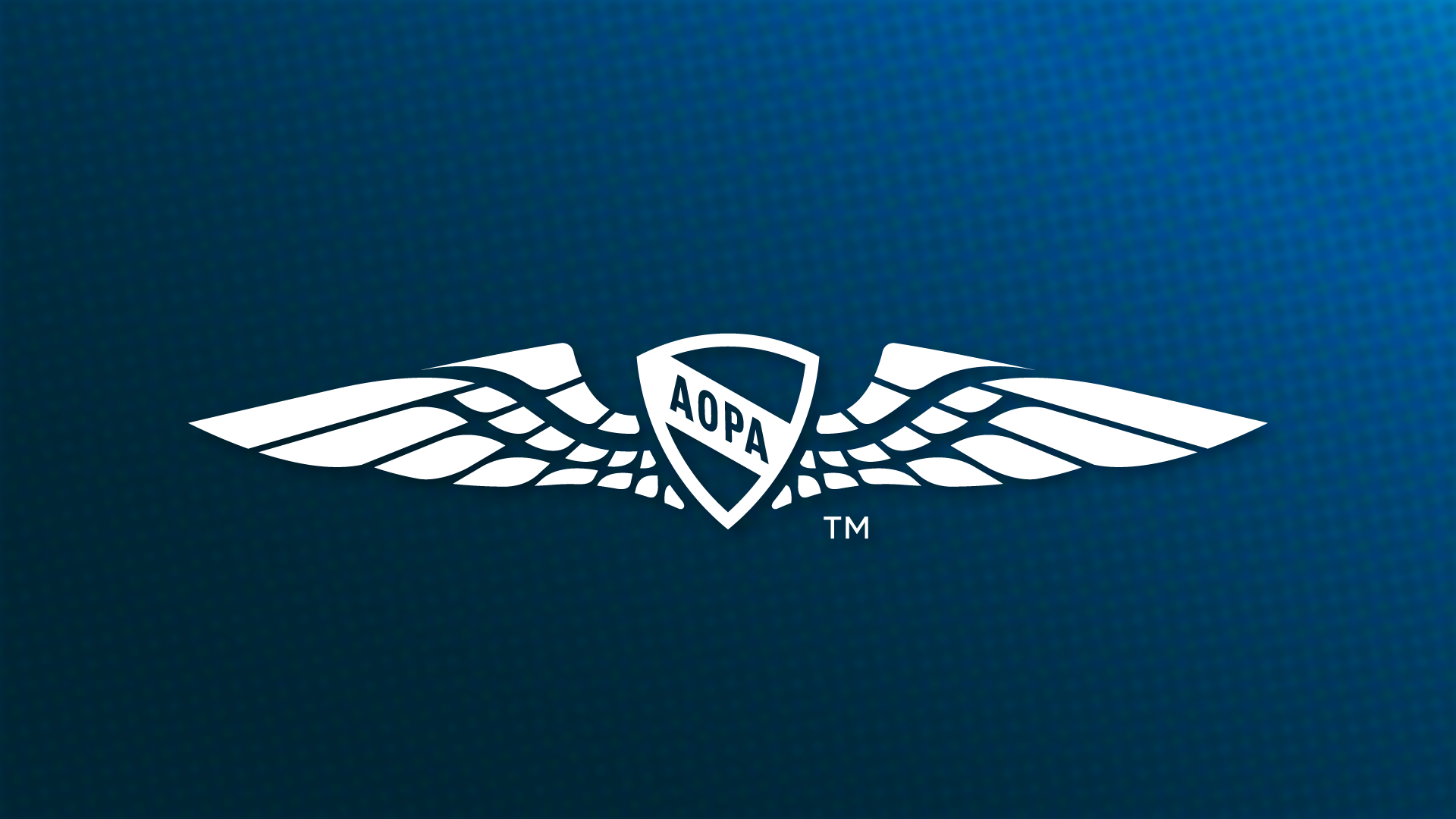Talk back: Hardware versus software
Keeping the magic in aviation
We have come to rely on “hardware” such as engines, spark plugs, and wiring to keep the airplane in control, yet allow humans to decide when and where to go. At the same time, software such as communications and GPS have led to safer skies. Engineers can do some amazing things, but it’s striking the balance between automation and human control that is essential to the flying experience. The engine doesn’t simply turn on and turn off at the appropriate time. The pilot controls the on/off switch. We’ve come to view essential parts of the airplane as simply there. They are not. They are the result of a long marriage between humans and machines that keeps the magic in aviation.
Todd Brown
Newtown Square, Pennsylvania
As seen on Facebook
We salute you weekend warriors!
“Will be flying Sunday working on instrument stuff...ya know...departure procedures, DME arcs, holding...stuff like that.” —Ri No
“$100 hamburger flight, literally, $100/hour wet for a Cessna 162.” —Andrew Burnham
“Do the FAA flight test of my newly installed Stratus ESGi so I can get my $500 ADS-B rebate!” —Regina Coker
“My first cross-country solo!” —Frank Chiusa
www.facebook.com/AOPAflighttrainingmag
DO YOU OWN OR RENT THE AIRCRAFT YOU FLY?
Own 75%
Rent 25%
Aviation eBrief poll
